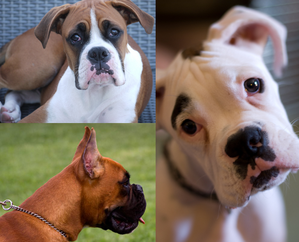Herding dog, guard dog, police dog. The giant schnauzer has served man in many different roles for more than 300 years. Originally developed in the Bavaria and Württemberg states of Germany during the 17th Century, giant schnauzers worked with German shepherds to guard and drive livestock en route to market. As the all-purpose farm dog was brought into cities, their duties shifted from guarding livestock and farmhouses to serving as watchdog in factories, breweries and stockyards, among other places.
The giant schnauzer remained a relatively local dog, being employed in the two German states most notably, until just before World War I. At that point in time, the intelligent and physical breed was then called upon for use as a military and police dog. In the United States, giant schnauzers were first imported in the 1930s by enthusiasts, but didn’t begin to rise in popularity until the 1960s and peaked in the 1980s.
The name “giant schnauzer” doesn’t refer to its size in comparison to other giant breeds of dogs like the great Dane or St. Bernard, but rather its size in relation to the other two types of schnauzer – the standard and miniature. Compared to the standard ...

